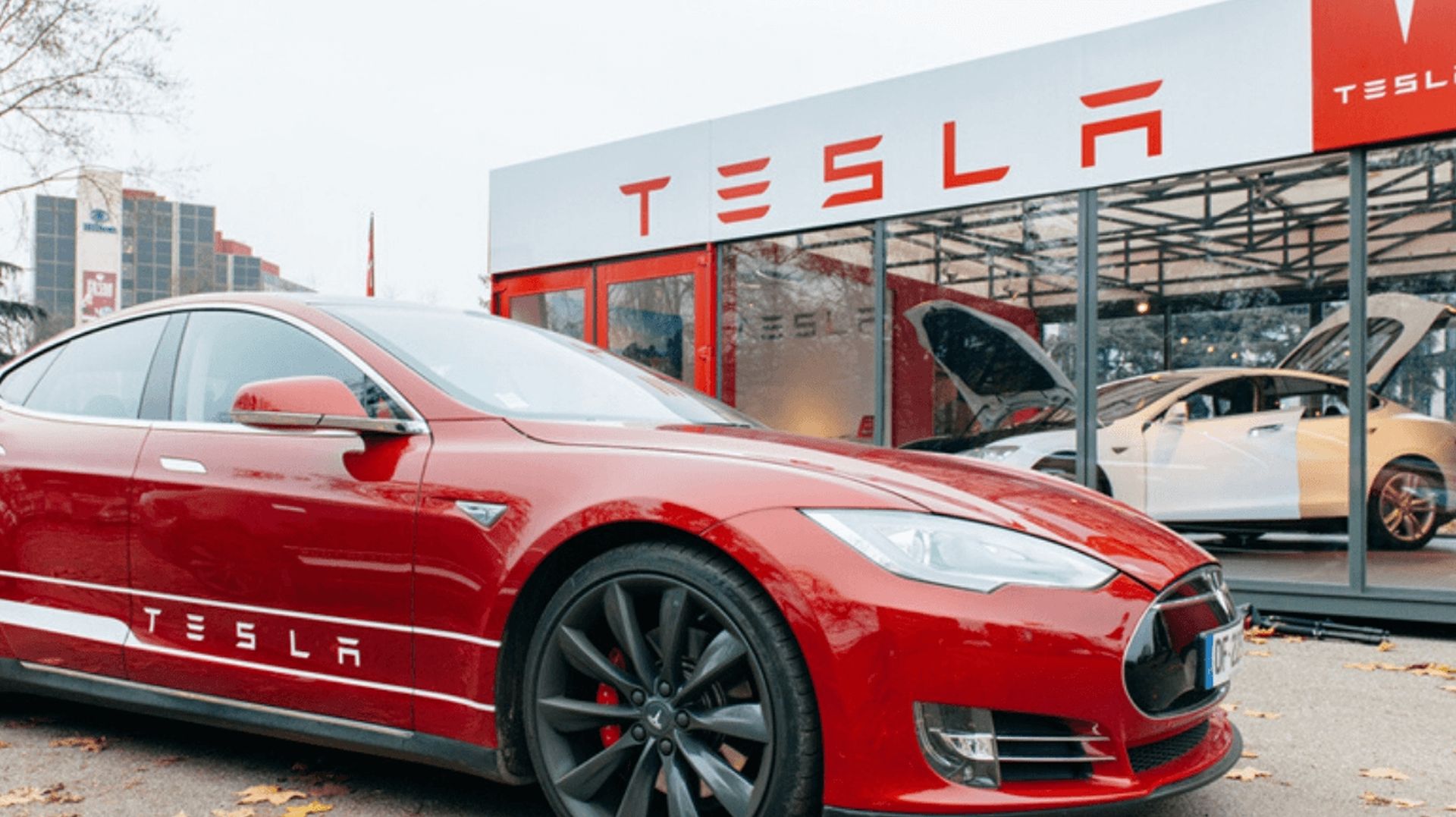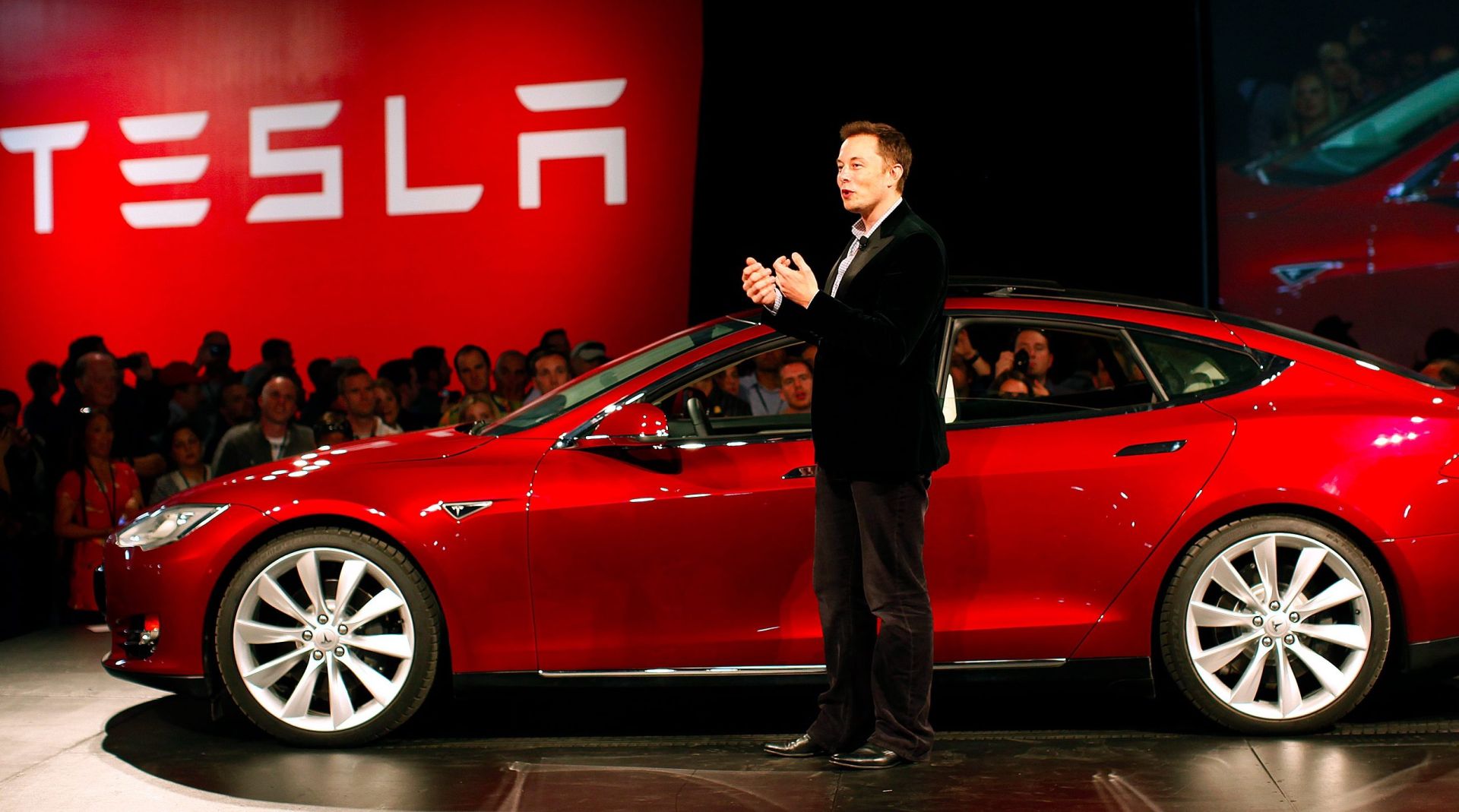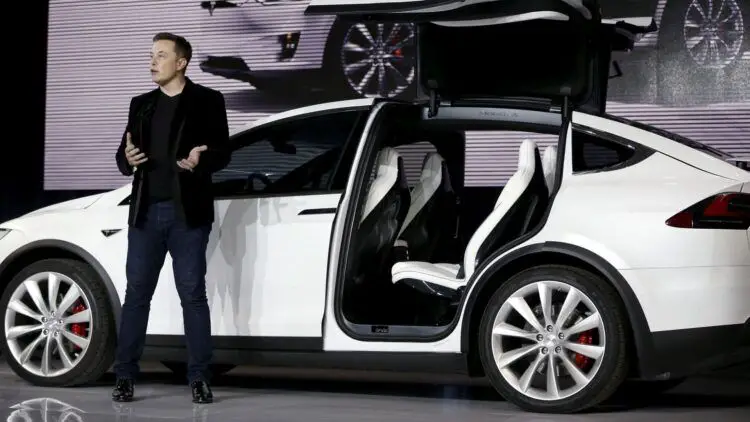The ‘Tesla Elon Mode’ driving option, discovered by a Tesla software hacker, appears to let Tesla cars with Full Self-Driving function without any driver supervision.
The mysterious function, appropriately dubbed the “Tesla Elon Mode,” was found by a Tesla software hacker going by the Twitter handle @greentheonly. Years of intensive research into the car’s code by the unidentified hacker revealed details such as how Tesla might prevent you from using your power seats or the center camera in the Model 3 before it was formally turned on.

What is the Tesla Elon mode?
Greentheonly went outside to test the system after locating and activating Elon Mode, and they shared some shaky videos of their journey. The “Tesla Elon Mode” setting on the screen was not shared, but they insist it is true.
The hacker discovered that when utilizing Tesla‘s Full Self-Driving (FSD) software, the car didn’t need their attention at all. The vision-based FSD advanced driver assistance system from Tesla is now in beta and is accessible to anyone who paid up to $15,000 for the option. An internally leaked report last month on the software said that FSD had received hundreds of customer complaints for abrupt acceleration and braking.
Impressions after nearly 600 miles on 11.4.3 with Elon mode (could not get a non-Tesla car to try in time).
It went much better than the prior experiment obviously.
Many contributing factors. I was not as late so I did not mind as much (still ended up 5 minutes late solely— green (@greentheonly) June 17, 2023
The advanced driver-assist technology, called Tesla’s FSD, is still in beta testing but is accessible to customers who pay up to $15,000 or $199 per month for the option. The EV company’s FSD Beta provides drivers with “autosteer on city streets” while it is still in development.
The FSD Beta system may lead to crashes, according to a recall notice sent by the US National Highway Traffic Safety Administration in February.
The warning stated that this could happen by letting the vehicles “act unsafe around intersections, such as traveling straight through an intersection while in a turn-only lane, entering a stop sign-controlled intersection without coming to a complete stop, or proceeding into an intersection during a steady yellow traffic signal without due caution.”
Green noticed that if he isn’t constantly watching the automobile, the annoying annoyances of the FSD—like erratic lane changes and decreased driving speed—become less evident. He even considered reading a book or looking at a webpage, implying that the minor, inanimate driving decisions made along the ride go almost ignored.

What’s new with the Tesla Elon mode?
In addition to the current hands-on steering confirmation, cars with a center interior camera (above the rearview mirror) will check to see if the driver is facing forward, although that’s also a highly picky system.
They did not discover any such nagging throughout @greentheonly’s over 600-mile test on the Tesla Elon Mode, though. Based on their statement that they “could not get a non-Tesla car” to try in Elon Mode, the hacker says that the test was conducted in a company-owned vehicle. Greentheonly appears to be driving an early Model X in the video, which is notable because it might be too old to have an internal camera at all. It’s unclear whether or how this model has a camera or how @greentheonly gained access to the vehicle.
“This also explains the barrage of people that claim the car works very good and they are happy – perhaps they like to drive slow, content with random lane changes and such,” the hacker tweeted.
The availability of “Elon Mode” for normal EV customers is still unknown, despite Mr. Musk’s suggestion in December that nag-free driving was on the way.
Here are more news about Tesla for you to check out:





